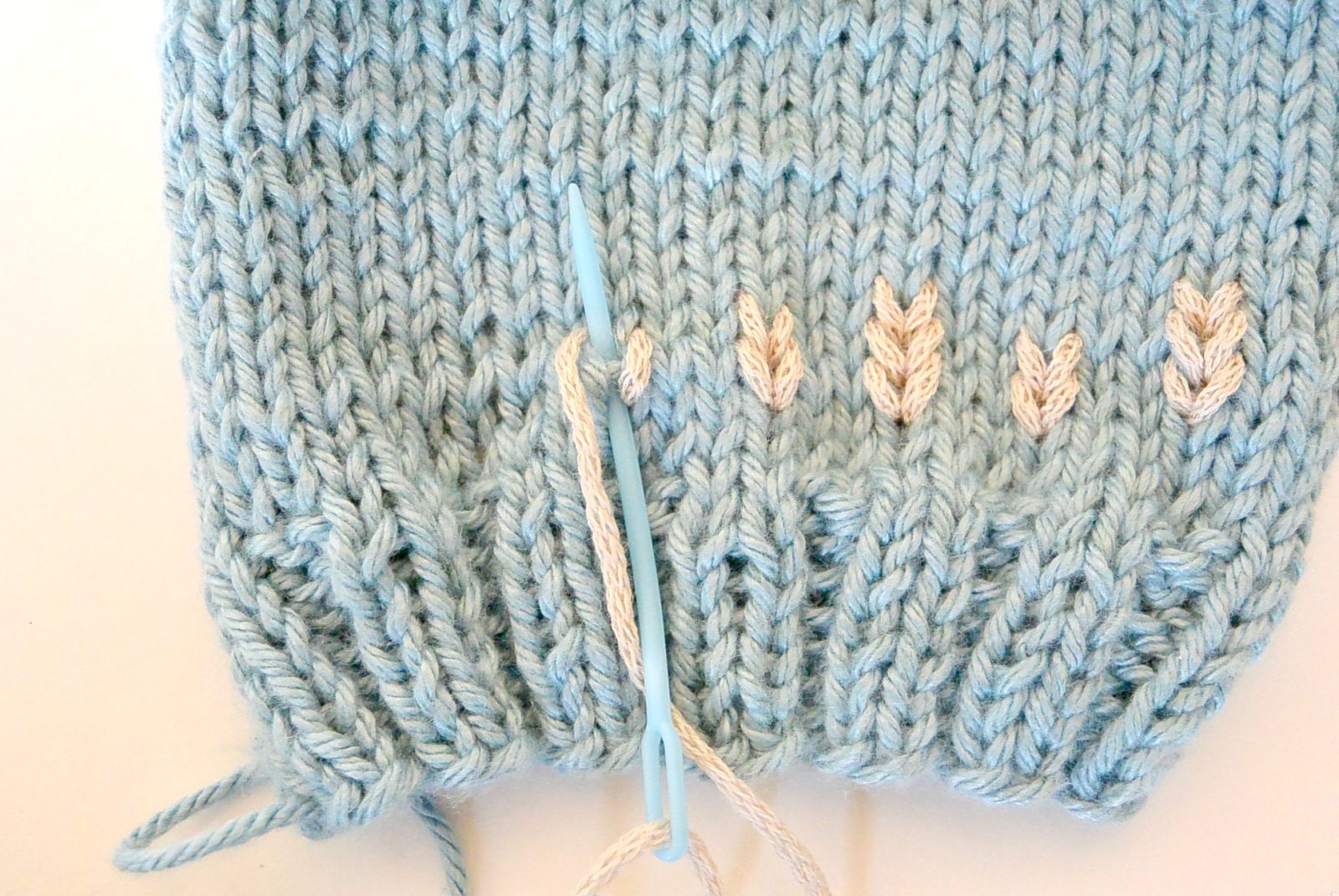

Any individual or entity that wants to use the Service must accept the terms of this Agreement without change. and "you" means the individual or entity submitting materials to Prime Publishing. As used in this Agreement, "we" or "Prime Publishing" means Prime Publishing, LLC. You must enter into this Agreement if you want to submit digital images or other content to Prime Publishing through Sharing Customer Images (the "Service"). Follow the steps below to learn how it's done.įor awesome tips and tricks like this, along with all the best knitting patterns, delivered straight to your inbox every day, subscribe to our newsletter! It certainly helps that this technique is so easy! You just need a darning needle, contrasting yarn, and the ability to identify which stitch it is that you want to go over. While this technique is great for small portions of color, it is unlike fair isle or intarsia in that it's best for smaller, isolated bits of color where it would be wasteful to continuously carry the yarn as you're doing your work. If you like to knit amigurumi, this is also a great way to add little accents onto the faces or bodies of your stuffies without having to worry about stranded knitting in the round.

There are a ton of things you can do with this technique: you can add some polka dots to a simple knit hat, or even create a cute little design on an otherwise plain scarf. This technique is called the duplicate stitch, and it's a way of going over completed stockinette stitch with a whole new color. On the right side the weaving is somewhat visible, but this would not be as much of an issue when you are using the same yarn you knit with.Colorwork can seem like a daunting technique for knitters who have never attempted it before, but a lesser-known way of adding some color variation to your work is actually after the fact! That's right, you can add some colorwork to your knitting after you've already finished the main body of work, and the best part is that it will still look like knitting, rather than embroidery. The tension of the fabrics secures the yarn tail very tightly. Then, you weave back through the skipped bumps. However, instead of going under every bump, you alternate. Like the zig-zag, you weave your yarn diagonally under the "bumps". This method is very secure, but it is a little more bulky and noticeable than the other two methods. I have framed the zig-zag with my fingers and you can see the contrasting yarn barely shows.
#DUPLICATE STITCH KNITTING SERIES#
This time I carefully wove my yarn under a series of diagonal "bumps". The Zig-Zag is usually my favorite method for weaving in loose ends because it is very inconspicuous and does not add as much bulk as the duplicate stitch. Even though I used a contrasting yarn color, you can hardly see the duplicated stitches on the right side of my sample. For demonstration purposes I knit one row of my white swatch in a green so you can easily follow the path I duplicated in orange. The idea of the duplicate stitch is to copy or trace the path of one row of stitches, on the wrong side of your knitting, as you weave in the end of the yarn, hence the name.įor demonstration purposes I knit one row of my white swatch in a green so you can easily see the path I duplicated in orange.


Some experienced knitters will tell you that using the duplicate stitch is the proper way to weave in the ends. I knit up a little stockinette swatch to demonstrate three different ways to weave in your yarn tails - the duplicate stitch method, a zig-zag method and a double diagonal method. For items like hats, scarves, blankets and socks, it can be a little trickier. When you are knitting a pieced garment, like a sweater, it's not unusual to weave the loose ends into a seam. The yarn ends should be woven in so they do not interfere with the elasticity of your fabric.The yarn ends must be inconspicuous so they don't detract from your design.The yarn ends must be secure so your work doesn't unravel after the first wash.No matter how you choose to weave in the ends, there are three important guidelines to consider: It depends a lot on what you have made, the stitches in your design and the type of yarn you have used. But after spending hours, days or even months creating a knit piece, neatly tucking in those yarn tails is necessary to give your work that finished look.Īlthough some people may strongly disagree with what I'm about to say, there's no single "right" way to weave in the ends. I have yet to meet a knitter that enjoys weaving in the loose ends.


 0 kommentar(er)
0 kommentar(er)
